PC Engine 當年是第一部可以選配 CD-ROM 模組的家用遊戲機,有了CD的搭載,簡直就是如虎添翼。更大的儲存空間、更便宜的製造成本、可播放Red Book標準的CD音樂…等等,當年看到遊戲畫面和聽到音效,那個震憾的感覺目前都還在腦海中,是我心目中的"機王"
事隔至今,當年殘存的機器已不復往日,大多都只剩HU卡能正常進行遊戲,CD部份因為有很多因素會造成無法正常讀取,網路上能搜尋到不少更換電容、更換齒輪等等的教學,但事實上並不只是單純這些原因,還是需要全面檢測後才知道狀況。
今天的苦主案例狀況如下:
透過代標由日本開心的標回一台當年的遺憾-->測試無法正常讀取CD-->送修某處更換電容-->一樣無法讀取送回-->再送另一處說是調整及更換齒輪-->無法讀取送回-->放置幾週後透過友人介紹送至65k2-->送出前測試連HU卡都無法讀取!!!
以下看圖說故事
苦主本人寫真

打開來看看,狀況到底要多差才能連HU卡也掛點
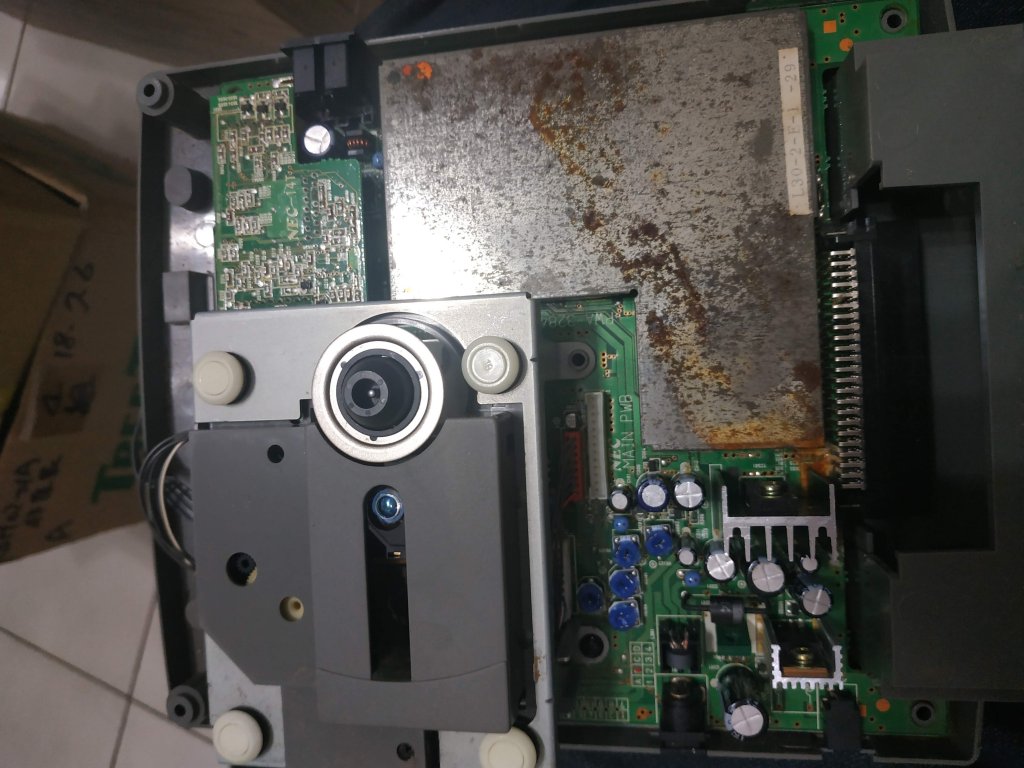
不知道前幾手維修是用什麼東西去清理的…
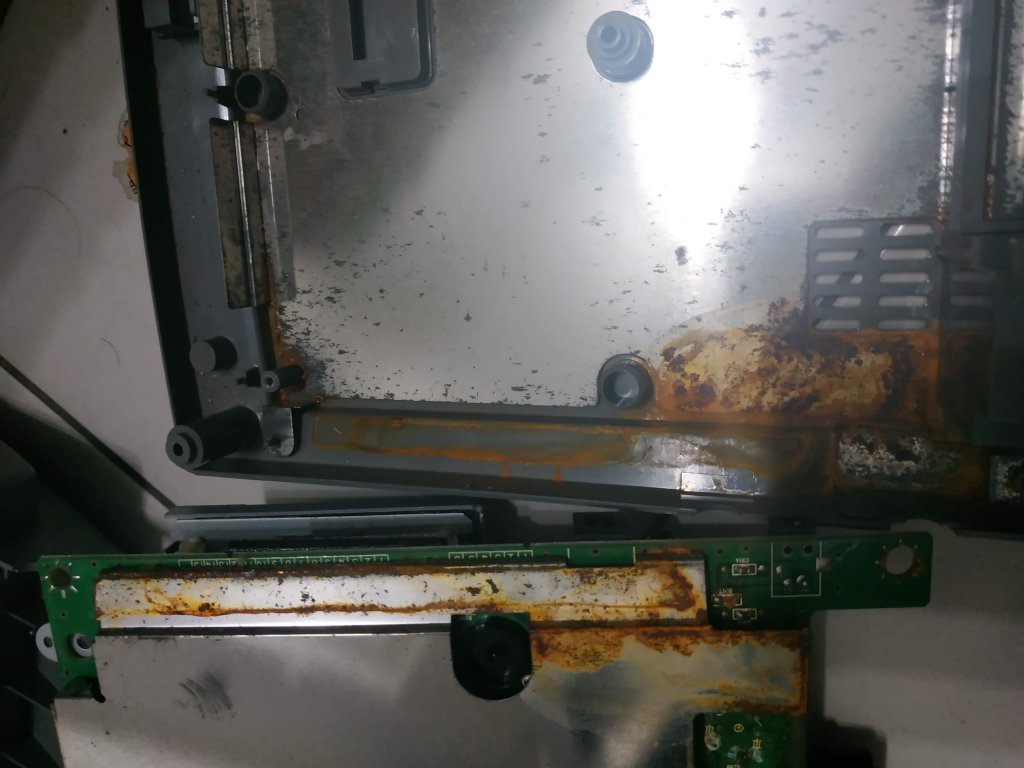
機器內部特寫
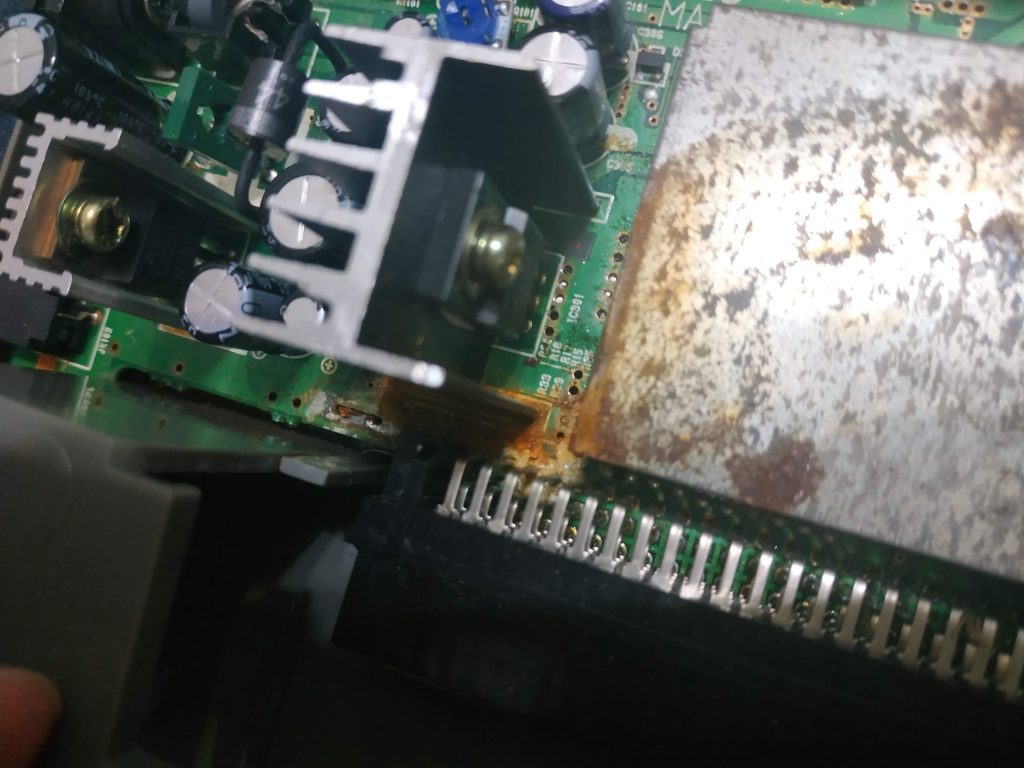
另一個角度
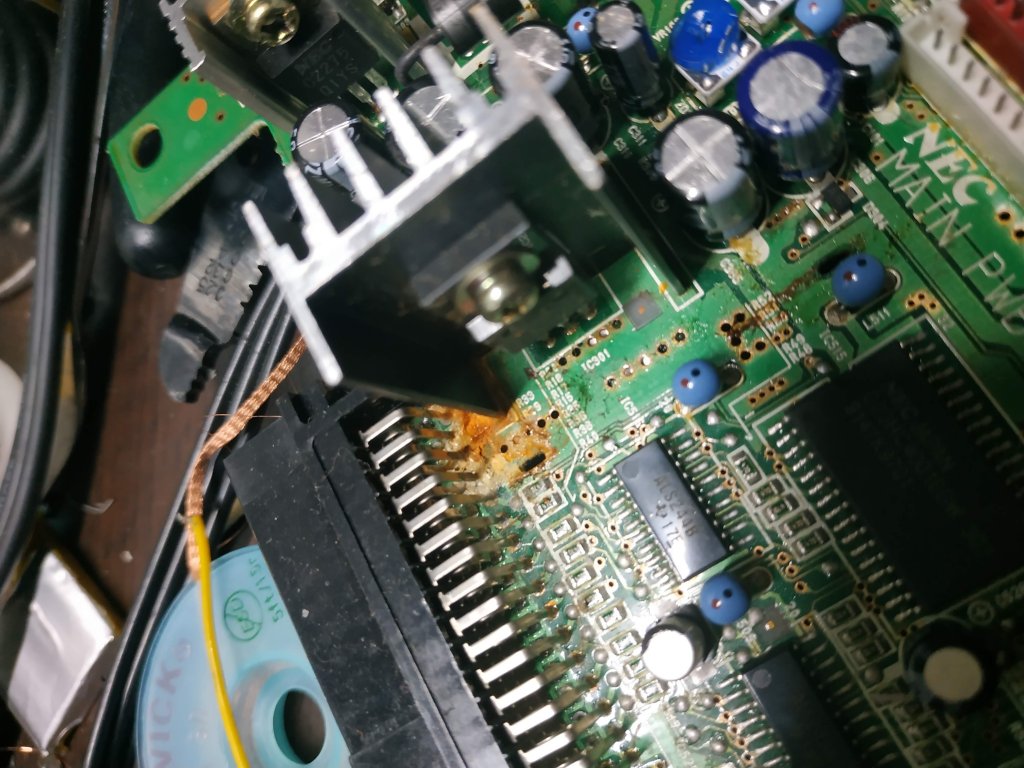
背面也是一樣的慘
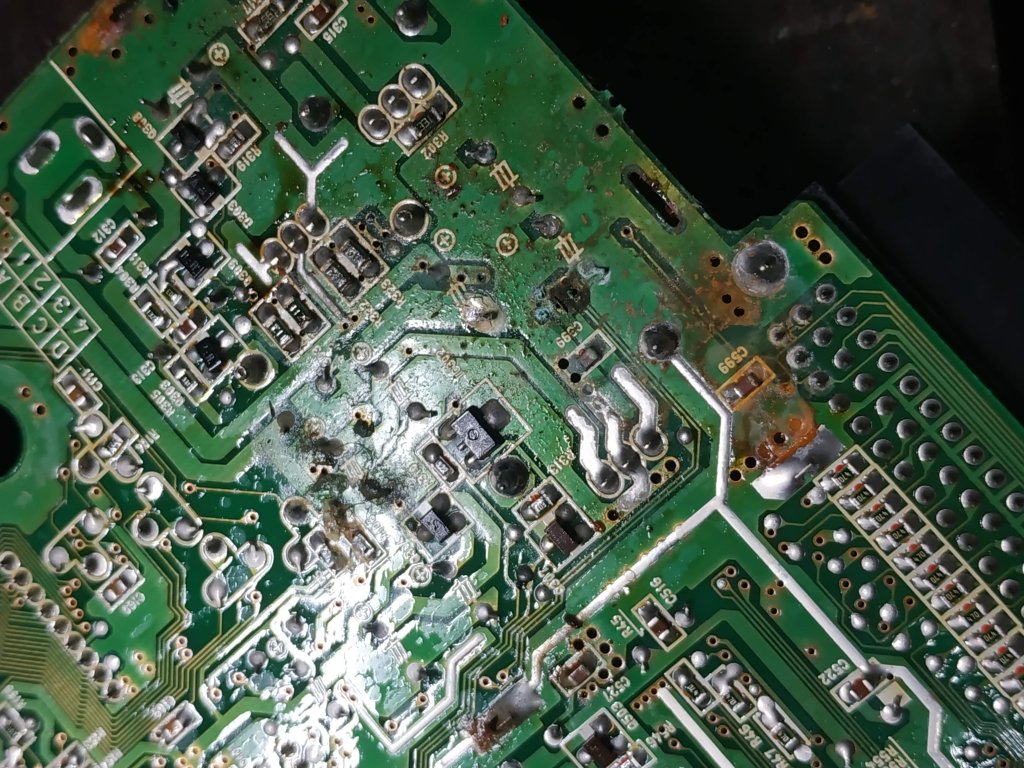
依序量線路、檢測、拆除零件更換、補上斷線
使用藥水處理過後的正面
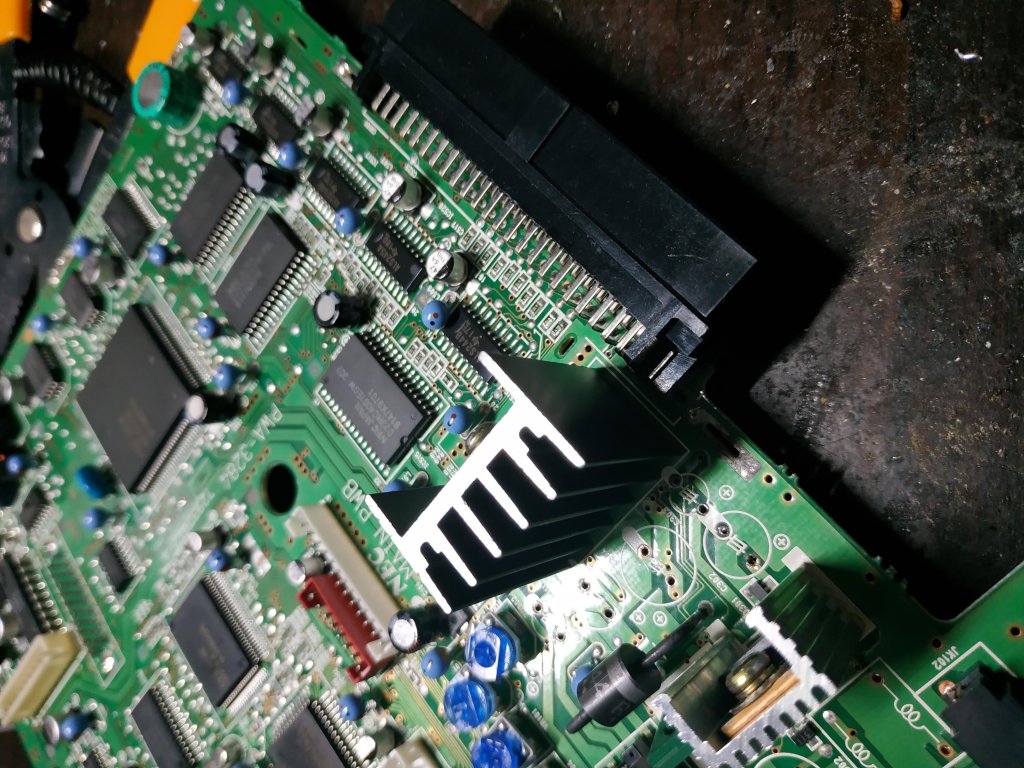
處理過後的背面
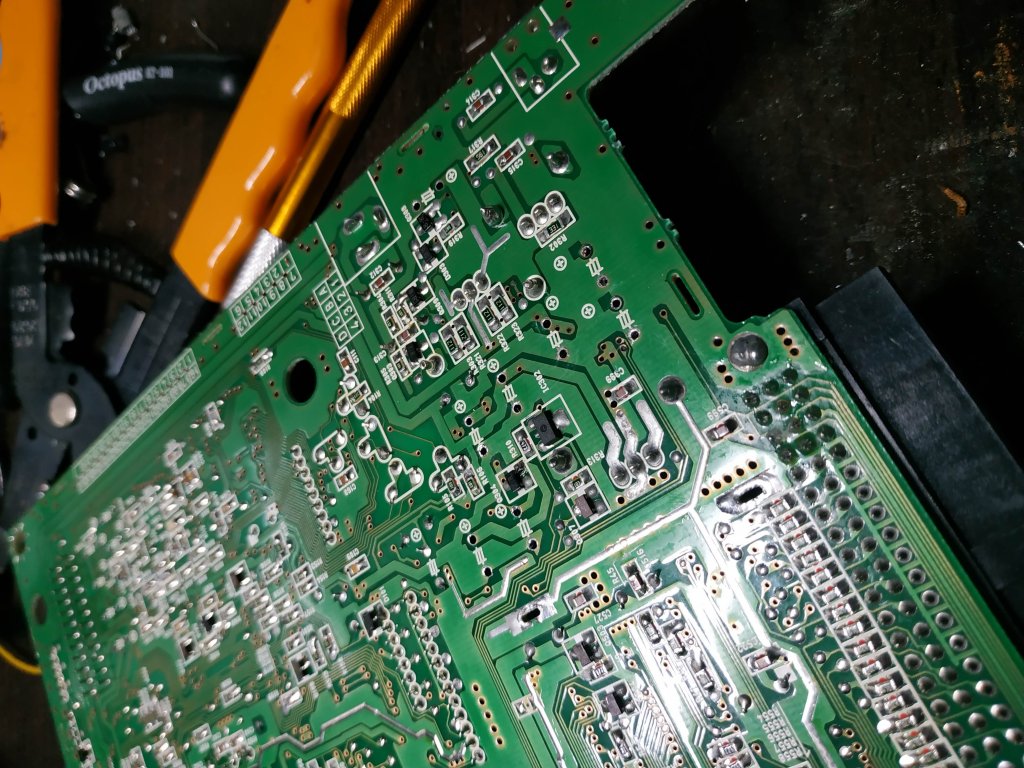
修補斷線,上示波器校正,幸好其它主要元件都沒有嚴重的傷害
漂亮的波型、秒讀的機器,它又復活了
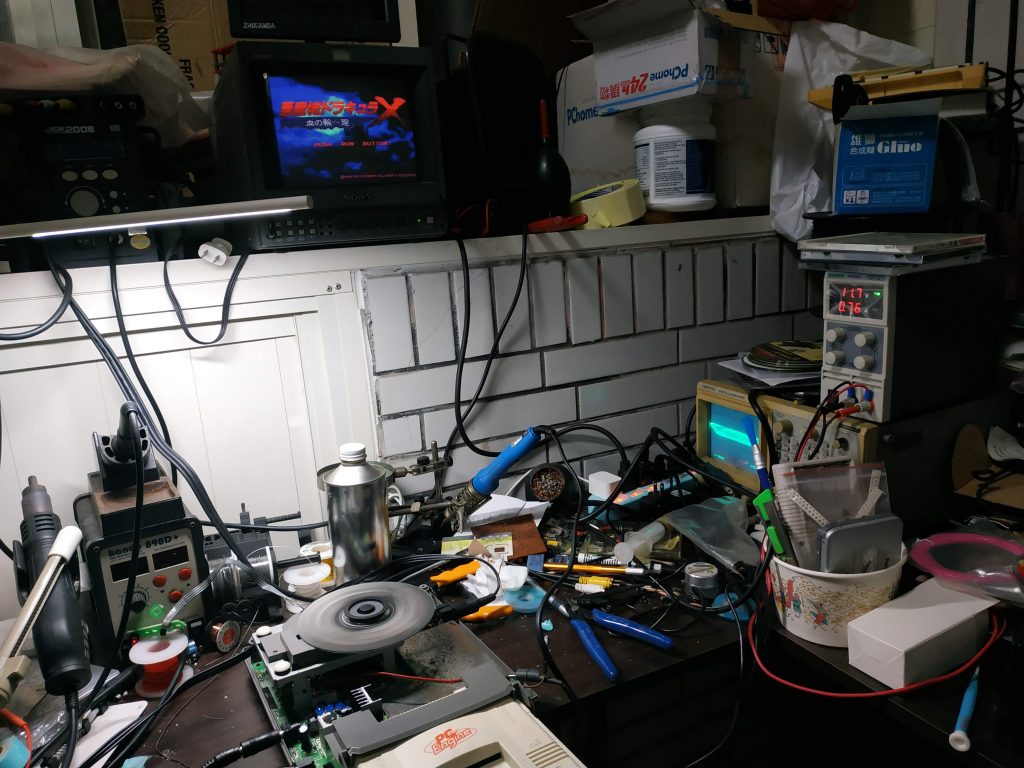
打完收工,來去爬枕頭山。
The TurboGrafx-16, known in Japan and France as the PC Engine, is a cartridge based home video game console manufactured and marketed by NEC Home Electronics, and designed by Hudson Soft. It was released in Japan on October 30, 1987 and in the United States on August 29, 1989. It also had a limited release in the United Kingdom and Spain in 1990, known as simply TurboGrafx and based on the American model, while the Japanese model was imported and distributed in France in 1989. It was the first console released in the 16-bit era, although it used a modified 8-bit CPU. Originally intended to compete with the Nintendo Entertainment System (NES), it ended up competing with the Sega Genesis, and later on the Super Nintendo Entertainment System (SNES). The TurboGrafx-16 has an 8-bit CPU, a 16-bit video color encoder, and a 16-bit video display controller. The GPUs are capable of displaying 482 colors simultaneously, out of 512. With dimensions of just 14 cm × 14 cm × 3.8 cm (5.5 in × 5.5 in × 1.5 in), the Japanese PC Engine is the smallest major home game console ever made. Games were stored on a HuCard cartridge, or in CD-ROM optical format with the TurboGrafx-CD add-on.













太感人了
我家的PC-ENGINE CD-ROM主機也可以帶去檢測看看能否維修嗎
您好,維修的費用不低,大約是5000元,能接受的話可以到FB粉絲團留訊息哦!謝謝。
版主真是一個有愛心與熱情的人,能夠將機器給您維修,也是一種幸福吧。